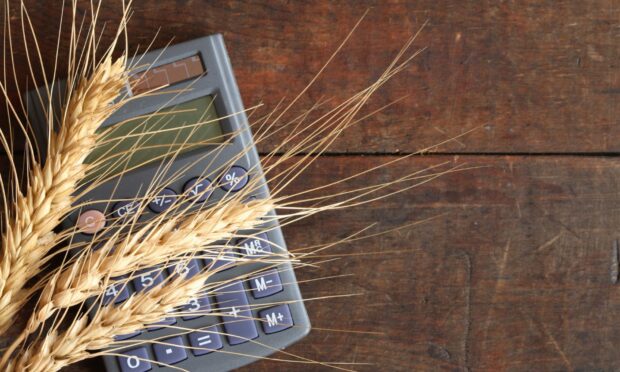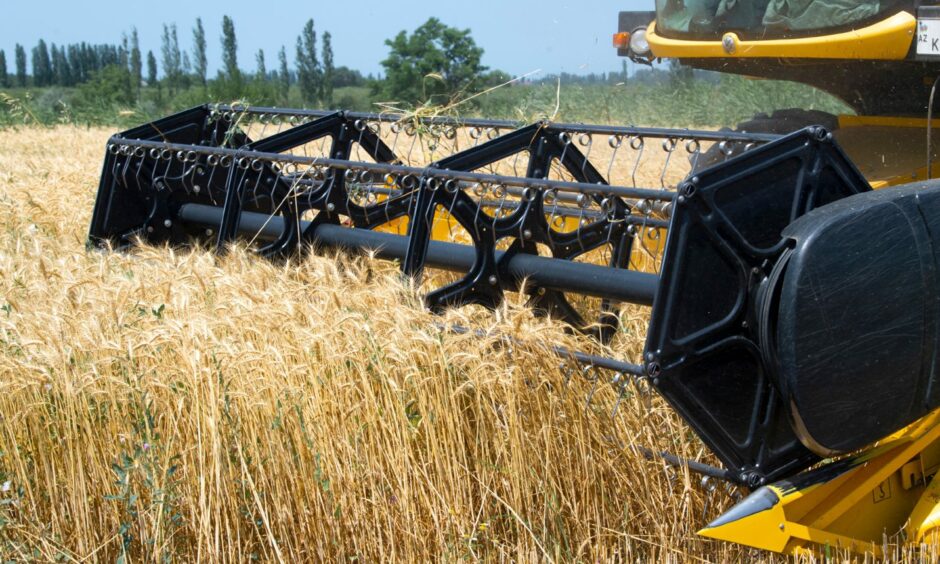Arable farmers must focus closely on understanding their costs of production despite a bullish outlook for grain and oilseed rape prices.
That was the message delivered to growers at a spring grain market outlook webinar organised by the Agriculture and Horticulture Development Board (AHDB).
Analysts from the levy body said grain and oilseed rape prices were likely to remain supported going forward, driven largely by the Ukraine war.
However the true impact of rising input costs – and in particular the surge in fertiliser prices – may not be fully felt by many growers until harvest 2023.
AHDB farm economics analyst, Mark Topliff, said there was no silver bullet for offsetting high input costs however growers could start by fully understanding their costs of production against input price and their likely sale prices.
“Fertiliser is by far where we have seen the largest increase in prices,” said Mr Topliff.
Using data from AHDB’s benchmarking system Farmbench, he said the average cost of fertiliser for crops harvested this year would be between £50 and £200 a hectare higher than in 2021, depending on when the fertiliser was purchased.
As an example, the average cost per hectare for fertiliser used for growing spring malting barley was £134 for harvest 2021.
This is estimated to increase to £196 for this year’s harvest, based on summer 2021 fertiliser purchases, and £271 when based on autumn 2021 fertiliser purchases.
It is a similar picture for all other crops with winter oilseed rape fertiliser costs increasing from £182 per hectare at harvest 2021 to as much as £368 per hectare this year.
Likewise, group three winter wheat fertiliser costs averaged £192 per hectare for last year’s harvest and they are expected to rise to as much £388 per hectare this year.
Mr Topliff encouraged farmers to question what they do on a daily basis and look at whether they can adjust the timings and application rates of fertiliser and chemicals.
He said AHDB’s nitrogen fertiliser adjustment calculator, which is free to use online, was one of a range of tools farmers could use to help them cope with rising costs.
“In times like these it’s really useful to know what your costs of production are so you can then see what the impact will be on your margins if you have increases to the costs of your inputs,” added Mr Topliff.

